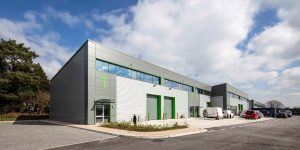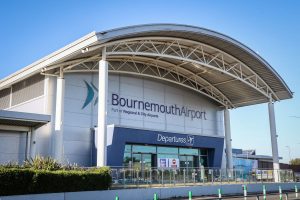New business rises at fastest rate since March 2022

Private sector firms in the South West welcomed a sharp upturn in new business intakes with a further expansion in output, the NatWest Regional Growth Tracker data showed.
Despite a quicker increase in sales, however, there were softer expansions in business activity and employment. On the price front, input costs rose at the second-slowest pace since January 2021, resulting in the weakest rate of charge inflation in over three-and-a-half years.
Falling from 55.1 in August to 53.7 in September, the headline South West Growth Tracker Business Activity Index – a seasonally adjusted index that measures the month-on-month change in the combined output of the region’s manufacturing and service sectors – indicated the softest rate to expansion since May.
Expectations that demand conditions would remain positive in the year ahead underpinned upbeat forecasts for output. The overall level of positive sentiment was one of the highest seen since the start of 2022. Advertising, capacity expansion and investment in innovation all fuelled optimism. Local companies were among the most upbeat across the UK, with only the South East and London signalling stronger confidence.
There was a softer increase in prices charged for the provision of South West goods and services, the weakest in over three-and-a-half years. The rate of inflation was above the long-run series trend, but broadly aligned with the UK average.
Paul Edwards, chair of the NatWest South West Regional Board, said: “The South West reclaimed its top position in the regional sales growth rankings, amid the steepest rise for two-and-a-half years. While this substantial upturn, coupled with improved business confidence, is promising, the latest results showed softer expansions in output and jobs.
“Local firms remained engaged in restructuring efforts and redundancies, with some even suggesting that severance packages added to their cost burdens. There were encouraging trends for prices in September, as charge inflation receded to its slowest in over three-and-a-half years alongside one of the weakest increases in input costs since the start of 2021. If these trends continue, price stability could lead to a more favourable interest rate environment, supporting sales and local economic growth.”
The expansion in South West output was the third-best of the 12 monitored UK regions and nations.
There was a substantial improvement in growth of new business placed with private sector firms in the South West. The sharp upturn in sales seen in September was the strongest in two-and-a-half years and the highest of the 12 monitored UK regions and nations. According to survey participants, marketing efforts, new client wins and AI roll-out fuelled sales growth.
September data showed a third consecutive monthly increase in South West private sector employment, but the pace of growth was fractional and the weakest over this sequence. Although some firms recruited extra staff in line with demand strength and predictions of continued mid-term growth, others shed jobs. There were mentions of voluntary resignations, layoffs and restructuring efforts among the qualitative part of the survey. Among the 12 monitored UK regions and nations, only six posted job creation and the South West saw the slowest rise. The quickest contraction was in Wales.
Local firms signalled an increase in outstanding business volumes at the end of the third quarter. The rise was marginal, but compared with depletion in each of the previous 18 months. The only other area of the UK to post an increase in backlogs was Northern Ireland.
South West firms reported a further increase in operating expenses during September. Redundancy payouts, insurance premiums, transportation and greater material prices featured as the main determinants of cost pressures among panel member reports. The South West came third in the rankings for cost inflation, just behind the East Midlands and London.








